The Evolving Incentives in College Sports
The fabric of college sports has been intricately woven with the threads of tradition, talent, and tenacity. Amidst this tapestry, the incentives for collegiate athletes have emerged as a focal point of discussion, especially with the advent of Name, Image, and Likeness (NIL) deals. The journey from scholarships being the zenith of incentives to the recent showroom splendors illustrates a paradigm shift in the collegiate sports arena.
For decades, the allure of a full scholarship was the golden fleece for aspiring collegiate athletes. The scholarship was more than just a ticket to higher education; it was a testament to the athlete’s prowess and potential. It was about honor, opportunity, and a pathway to the professional leagues. However, the landscape began to tremble with the whispers of change, culminating in the seismic shift that is the NIL era.
The enactment of NIL legislation has ushered in a new epoch where college athletes can monetize their Name, Image, and Likeness. No longer tethered to the emblematic scholarship as the sole incentive, athletes are now navigating a bazaar of lucrative opportunities. The recent spectacle of the Utah Utes football team members each receiving a brand new Dodge Ram 1500 truck, courtesy of their NIL group Crimson Collective, is a quintessence of this newfound bounty.
The deal, a cornucopia with a retail value circling around $61,000 for each athlete, is a far cry from the erstwhile scholarship-only incentive model. It’s a narrative of evolution from merely covering tuition fees and related expenses to directly handing the keys of tangible assets to athletes. This metamorphosis is emblematic of a broader societal shift, reflecting the changing attitudes towards amateurism in college sports.
One amusing, albeit unofficial, question that springs from this bounty is whether the players have to return these roaring beasts post-graduation. While the trucks are gifts with no strings attached, the whimsical notion of a ‘return ceremony’ might spark chuckles, imagining the players handing back the keys amidst a fanfare of college camaraderie.
And then there are the tales of after-practice escapades in the parking lots. The scene is set with rows of Dodge Rams, their owners sharing laughter and stories under the soft glow of the lot lights. It’s not just about the trucks; it’s about the bonds being forged on the asphalt, the memories being etched into the treads of their tires as they share light-hearted moments post grueling practice sessions.
The NIL era is not merely about the tangibility of incentives; it’s about acknowledging the value collegiate athletes bring to their institutions and the broader community. It’s a narrative of empowerment, allowing athletes to forge partnerships, build their brand, and attain financial literacy at a nascent stage of their careers.
The ripple effects of such deals extend beyond the individual athletes; they echo through the recruitment corridors of college sports. Prospective athletes, now with a glimpse of the tangible incentives on offer, might find the allure of certain institutions magnified. It’s a competitive edge, a new vertex in the recruitment pitch, transcending the traditional scholarship offer.
Moreover, this evolution illuminates the discussion around equity and fair compensation for college athletes, whose efforts often result in substantial revenue generation for their respective institutions. The NIL deals, in providing a platform for tangible incentives, are chipping away at the edifice of the old order, paving the path towards a more equitable ecosystem.
As we reflect on the journey from scholarships to showrooms, the narrative is as much about the evolving incentives as it is about the changing ethos in college sports. It’s a dialogue between tradition and transformation, a narrative that’s unfolding with each passing game, and each new NIL deal inked.
The Utah Utes’ showroom spectacle is but a chapter in this unfolding narrative, a narrative that’s redefining the essence of incentives in college sports, one deal at a time.
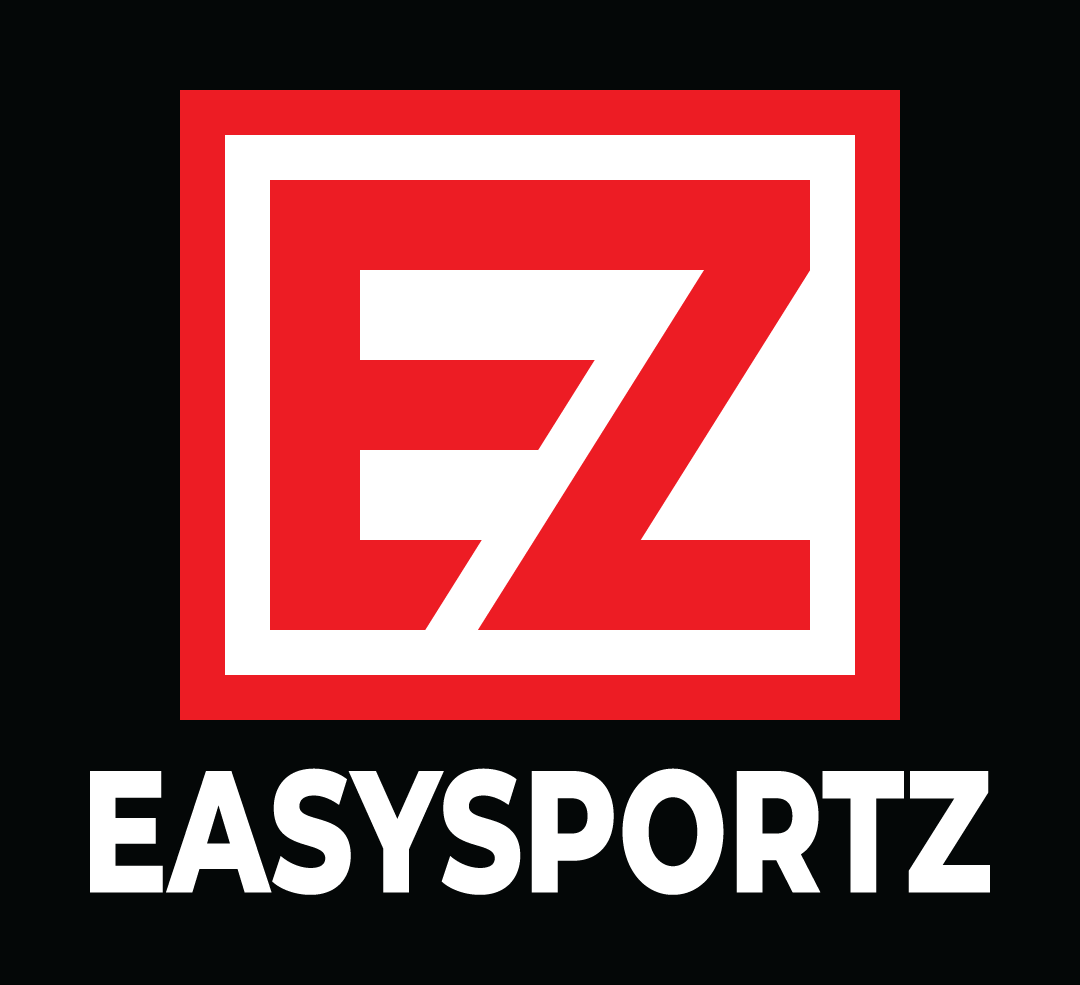
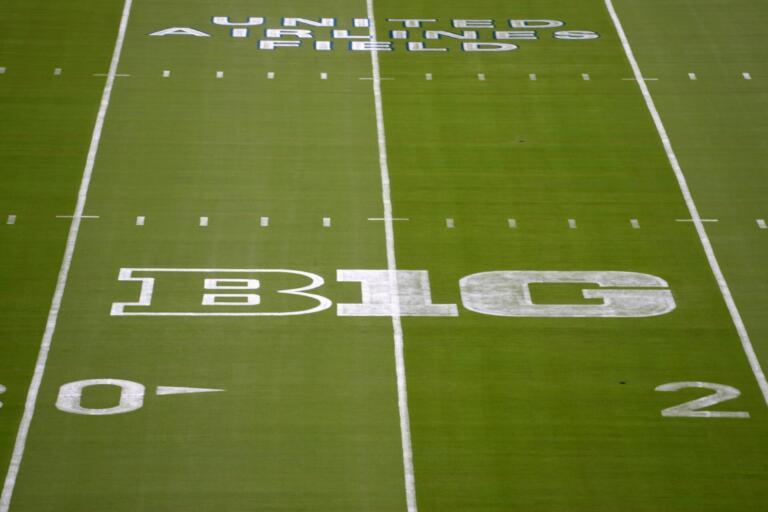
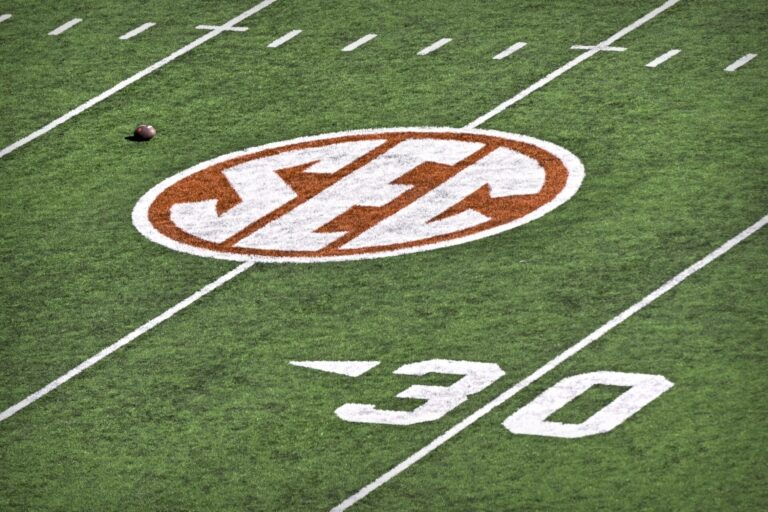
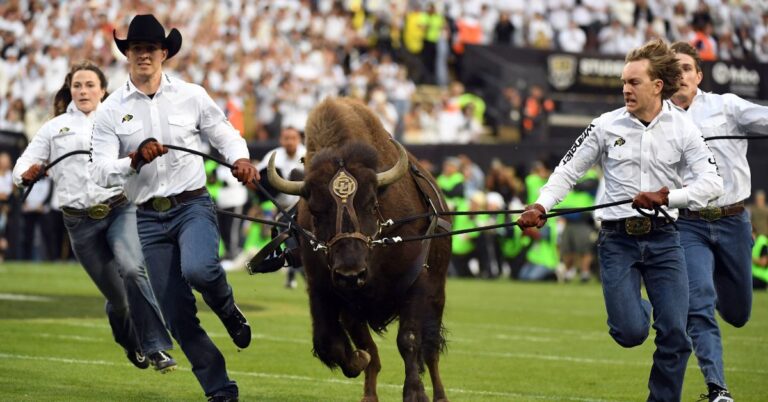
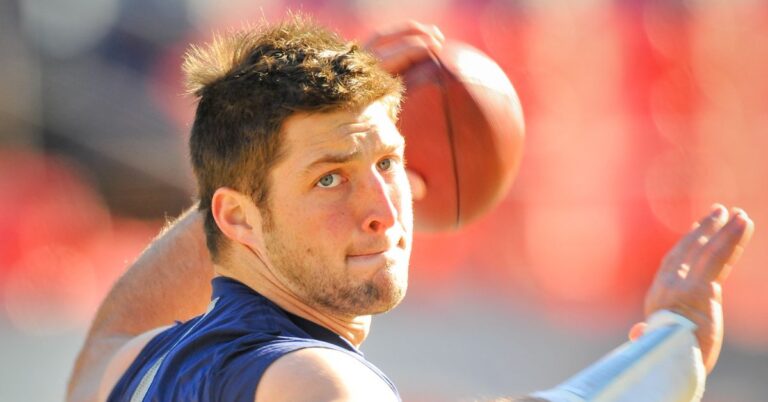


From Scholarships to Showrooms